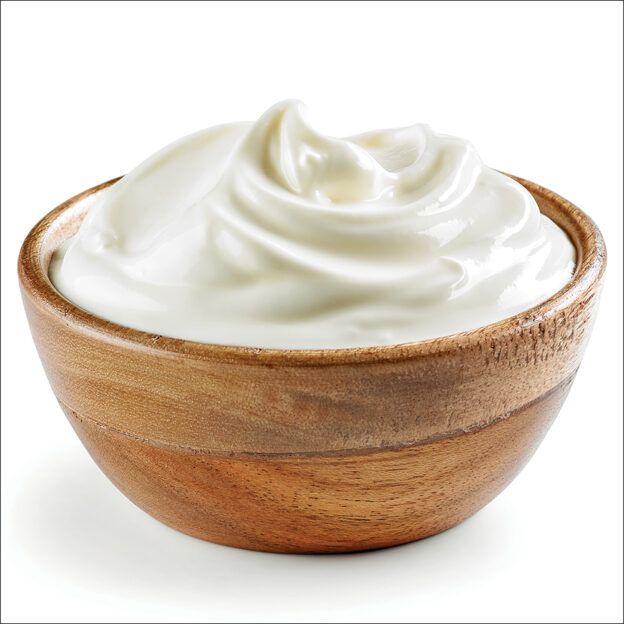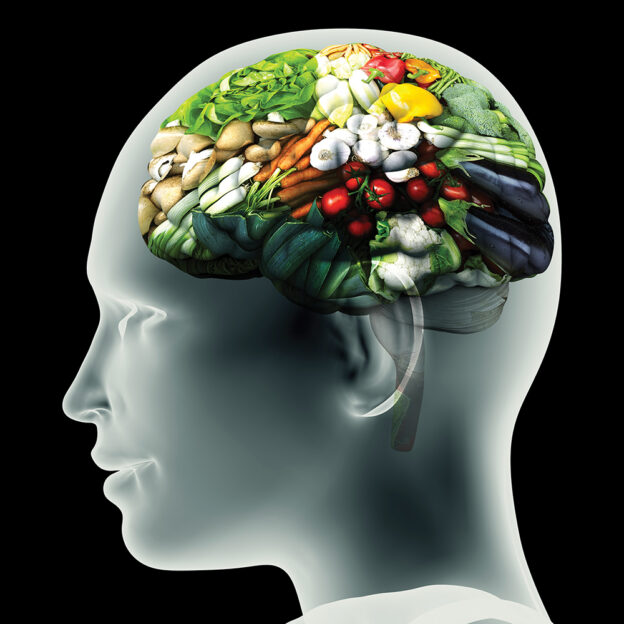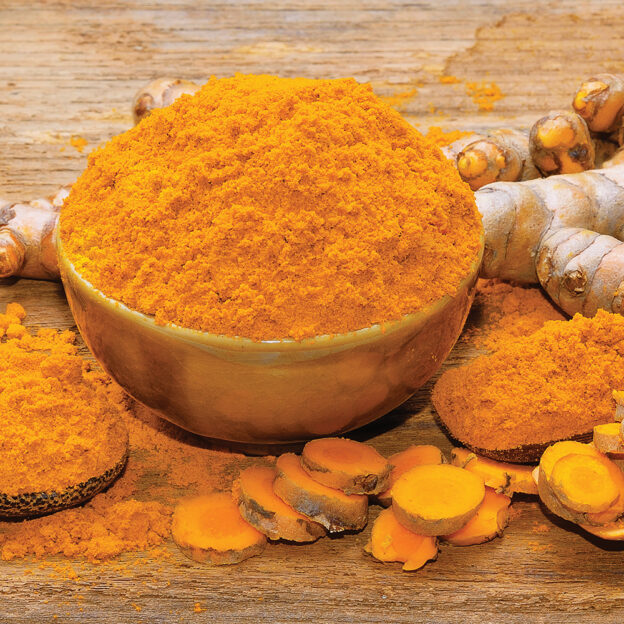By Bill Asenjo, PhD, CRC

Some alcoholics, in spite of how much they want to stay sober, fail repeatedly. The explanation often is: They haven’t hit bottom yet. In other words, they haven’t hurt enough; they’re not ready to quit. This may not be true.
Aside from alcoholism’s well-known physical consequences, alcoholics know that the emotional and mental repercussions—depression, paranoia, anxiety—can be temporarily alleviated by alcohol. Yet this only perpetuates the cycle, because alcohol destroys nutrients needed for mental, emotional, and physical well-being.
Struggling with Recovery
When alcoholics stop drinking, they expect to feel better. For many, that doesn’t happen. A ten-year study conducted at Johns Hopkins University demonstrated that the typical alcoholic experiences most of the following symptoms for years into their recovery:1
• Depression
• Anxiety
• Hostility
• Feelings of inadequacy and inferiority
• Paranoia
• Psychosis (lack of contact with reality)
Given the grim outlook, it isn’t surprising that many alcoholics resume drinking—it’s human nature to seek relief from stress. A four-year study of 922 alcoholic men treated in seven hospitals revealed the extent of the relapse problem.2
• Six months after treatment, only 28 percent refrained from drinking.
• One year after treatment, only 21 percent remained abstinent.
• Four years after treatment, only 7 percent remained abstinent.
Research has established that many of the substances the brain uses to generate emotions—amino acids, enzymes, essential fatty acids, and neurotransmitters—are diminished or destroyed by heavy alcohol (or other drug) use.3 To round out this bleak picture, consider this: among treated alcoholics, one of every four deaths is a suicide.4
But it doesn’t have to be this way. The Health Recovery Center, a nutrition-based treatment program that addresses underlying biochemical abnormalities such as hypoglycemia, repeatedly demonstrates success rates of 74 percent or more. Results from a 3-1/2-year study of 100 patients appeared in the International Journal of Biosocial and Medical Research.3 Subsequent studies show a success rate of more than 80 percent.
Yet in spite of conventional treatment’s discouraging track record, employing nutrition in alcoholism treatment has only recently been accepted by some. Reasons for the resistance are typical: greed, ignorance, pride, and ego.5
A Better Way
Joan Matthews Larson’s son, Rob Mathews, was a well-adjusted teen. He earned good grades, acted in school plays, played on the football team, and volunteer tutored. But after his father died, Rob’s drinking and pot smoking became addiction. Chemical-dependency counselors theorized Rob’s habit was rooted in grief. Rob completed treatment and returned to school, but he still experienced huge emotional peaks and valleys. Larson had him tested for hypoglycemia. The result: Rob’s blood sugar was severely imbalanced.
“Rob’s mood swings were incredible,” Larson recalled. “Rob talked about how bad he felt that his dad was dead and how sorry he was that his drinking had caused so much trouble.” A few hours later, Rob was found lying dead in the garage under the car’s exhaust pipe.
Believing her son’s depression had been linked to his hypoglycemia—a condition the chemical-dependency unit was not designed to address—Larson began searching for answers.
After confirming the alcoholism-hypoglycemia link, she designed a nutrition-based treatment program. In 1981, Larson launched the Health Recovery Center (HRC), one of the first such holistic treatment programs in the United States, based in Minneapolis. Larson earned her doctorate in nutrition in 1985. Over the years, HRC has received national recognition due to it’s high recovery rates.
Based on the success of HRC, Larson wrote Seven Weeks to Sobriety, published by Random House in 1992 and revised in 1997. The book explains the biochemical restoration protocols developed at HRC. (For more information contact the Health Recovery Center: 800-554-9155; http://healthrecovery.com; 3255 Hennepin Ave. S., Minneapolis, MN 55408.HRC Protocol from Seven Weeks to Sobriety
Potential Biochemical Causes of Depression & Anxiety
Diminished omega-6 essential fatty acid availability. Supplying gamma linolenic acid can dramatically reverse depression in certain alcoholics—especially those of Scotch, Scandanavian, Welsh, and North American Indian heritage.
Diminished serotonin availability. Serotonin is a key neurotransmitter. Its precursor, tryptophan, is rendered deficient by alcohol abuse. A serotonin deficiency leads to depression.3,6,7
Insufficient norepinephrine. This neurotransmitter reaches the brain through its precursor amino acid, tyrosine. Tyrosine reverses depression by restoring normal levels of specific neurotransmitters, which must be present in brain receptors to prevent depression.6,7,8
Exposure to substances producing a brain allergic response of depression. Many painters, hairstylists, printers, and others constantly exposed to chemical fumes, sprays, and dyes experience high rates of alcoholism. Alcoholics also commonly have food sensitivities and allergies.
Hypoglycemia (low blood sugar). Alcoholism’s hypoglycemic trigger has been suspect for decades. One of AA’s co-founders, Bill Wilson, a hypoglycemic, contacted AA physicians regarding the risks posed by hypoglycemia.9
Candida. Alcoholism compromises the immune system and can cause candida yeast overgrowth. Depression often results from the toxins generated by candida-related complex.3,10
Recommendations for Recovery
Nutrients for Depression (due to norepinephrine depletion)
• L-tyrosine (amino acid): 500 mg (4-10 capsules daily on an empty stomach); or L-phenylalanine (amino acid): 500 mg (1-3 capsules daily on an empty stomach). Contraindications: These amino acids are contraindicated for those who are pregnant—unless taken under a physician’s supervision; take an MAO inhibitor for depression; have high blood pressure (take low doses of 100 mg at first and monitor blood pressure as dosage is increased); have PKU (phenylketonuria) or schizophrenia—unless taken under a physician’s supervision; or have severe liver damage, an overactive thyroid, or malignant melanoma.
• B Complex: 50 mg (3 X daily with meals)
• Vitamin C: 1,000 mg (3 X daily with meals)
Nutrients for Anxiety
• GABA (Gamma Aminobutyric Acid): 100 mg (2 capsules, 4 X daily on an empty stomach). GABA has a calming effect—tranquilizers such as Valium and Librium work by stimulating the brain’s receptors for GABA.4,5,7
• Chromium Picolinate: 200 mcg (1 X daily with meals)
• Niacinimide or Niacin: 500 mg (3 X daily with meals)
• Vitamin C: 1,000 mg (3 X daily with meals)
• B Complex: 50 mg (3 X daily with meals)
• Vitamin B6: 200 mg (3 X daily with meals). Some of this is satisfied in the B complex capsule.
• Vitamin E: 200 IUs (3 X daily with meals)
Nutrients for Shakiness, Tremors
• Taurine (amino acid): 500 mg (1 capsule on an empty stomach)
• Calcium/Magnesium: 300/150 mg (2 capsules, 3 X daily with meals)
• B Complex: 50 mg (3 X daily with meals)
• Flaxseed Oil: 1 tablespoon (3 X daily with meals). ?
Bill Asenjo, PhD, CRC, is a certified rehabilitation counselor, consultant, writer, and university instructor. This article was originally published in Well Being Journal, Volume 11, No. 1, under the title “Staying Sober: Nutritional Help for Recovering Alcoholics,” and is reprinted here because of reader requests and the enduring merits of the article.
References
1. C. DeSoto, et al., “Alcoholics at various stages of symptomology in abstinence,” Alcoholism, Clinical and Experimental Research 9 (1985): 505-512.
2. J. Polich, D. Armor, and H. Bracker, The Course of Alcoholism: Four Years after Treatment, Santa Monica: Rand Corporation (1980): 169-170.
3. J. M. Larson, and R. Parker, “Alcoholism treatment with biochemical restoration as a major component.” International Journal of Biosocial Research 9, no. 1 (1987): 92-106.
4. M. Berglund, “Suicide in alcoholism,” Archives of General Psychiatry 41 (1984): 891.
5. L. Goodwin, “The tomato effect: rejection of highly effective therapies,” Journal of the American Medical Association 251 (1984): 2387-2390.
6. L. J. Mathews, Alcoholism: The Biochemical Connection, Villard Books (1992).
7. J. Beasley, Wrong Diagnosis, Wrong Treatment, EMIS (1988); J. Beasley, How to Defeat Alcoholism, New York: Times Books (1989).
8. R. Erdmann, The Amino Revolution: The Breakthrough Program That Will Change the Way You Feel, Simon & Schuster (1989).
9. B. Wilson, “A second communication to AA physicians,” printed by the Huxley Institute for Biosocial Research (1968).
10. J. Trowbridge, and M. Walker, The Yeast Syndrome, New York: Bantam Books (1986).





